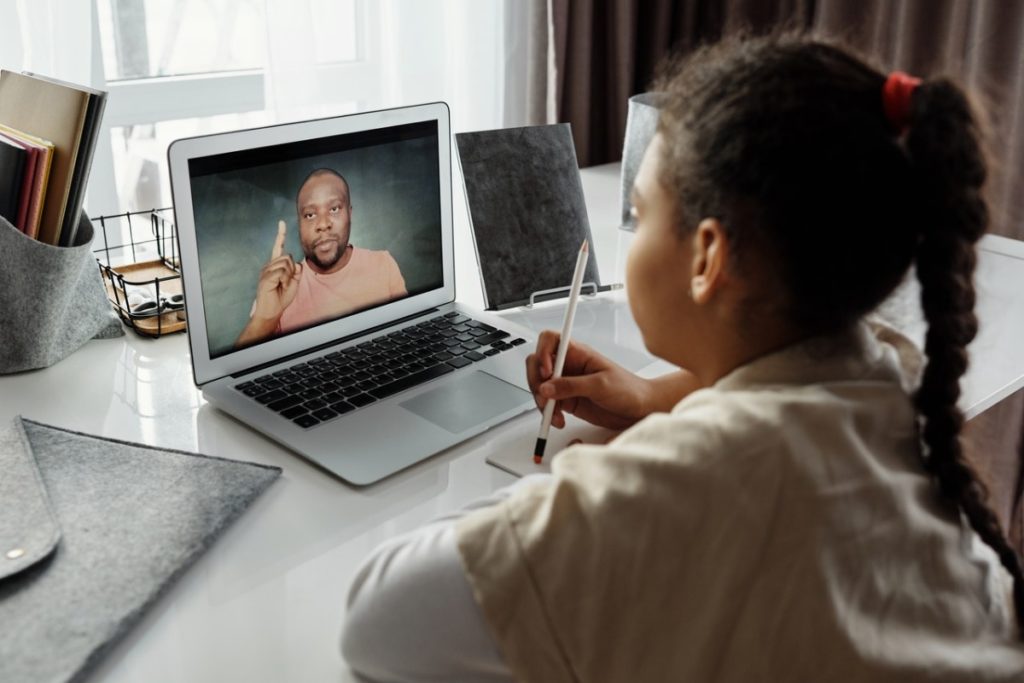A year into the pandemic, the education sector has completely made the shift to digital. Remote learning is now the new normal. One of the most important aspects of effective learning in a non-educational setting is finding the perfect space for students to focus without distractions. This, along with the right technology, will help them better engage in their lessons and excel in their studies.
If you’re still struggling to create the perfect setup for remote learning, here are the things you’ll need to ensure a better online learning experience.
Organizing Your Space
Having a dedicated space where you can focus and work properly is just as important as the equipment you use. With a separate space for learning, you’ll have fewer distractions and be able to separate work life from home life. Doing this is important because without a line separating work tasks from personal tasks, chances are you’ll feel too relaxed and won’t feel motivated to study.
Desks
Whether you are looking to buy a desk or plan to make use of what you already have at home, make sure that your desk can fit all your learning essentials like your notebooks, pens, tablet or laptop, and printer. If your space can’t accommodate a big desk, consider using a laptop stand. They provide many benefits to both you and your laptop, like avoiding eye strain, improving posture, and preventing your laptop from overheating. If you can’t have a desk in the room, you can also opt to use a lap desk to keep your laptop steady.
Chairs
One of the benefits of learning from home is not having to sit in uncomfortable school chairs. Make the most of your home setup by using a chair that’s both comfortable and keeps your posture straight. Ergonomic chairs enable you to move around comfortably even while seated, allowing you to become more productive, reduce injuries, and even engage better in classes. This is especially important if you spend long periods of time seated while getting tasks done.
Lighting
A well-lit area is a must for any video conference. While proper lighting helps your teacher and classmates see you clearly during your Zoom class, it can also help you focus and connect better with people. Natural lighting is the best way to keep you focused and illuminate both you and your background. However, this may not always be possible. If it’s a rainy day or your setup is away from a window, try not to use harsh lights that can distract both you and the class from work. Instead, use soft, ambient lighting that helps increase productivity.
Ambiance
Different types of people prefer different kinds of environments when working or studying. Some like to focus in silence, while others prefer to work with some background noise. Consider basing your workspace on whichever environment you prefer. If you like to work in silence, an unused room or your bedroom would be the best option. On the other hand, if you like a little background noise, moving your workspace by the kitchen or living room where you can expect a bit of foot traffic is your best bet.

School Supplies
Aside from your textbooks, highlighters, pens, and notebooks, you’ll need a few more gadgets to help make your online learning setup easier.
PC or Laptop
First, you’ll need a computer or laptop to communicate with your teachers and classmates via Zoom. You don’t need an expensive machine for online learning. You can find good student laptops under $500 or even cheaper with goo enough specs
Since you’ll be doing most, if not all, your work on your laptop, you’ll need to make sure it has the proper requirements for checking e-mails, joining conference calls, checking references, and using other programs that you’ll need for your classes. Make sure that the computer you’re using can also withstand your workload even in extreme weather conditions. If you live in a hot environment and your heavy workload causes your PC or laptop to overheat, it could damage your system permanently. So, if you move around often, live in an area with tough weather conditions, or are always on the go, consider using a rugged computer or laptop to get you through the school year with no hitches.
Peripherals
Different peripherals can help make online classes easier, depending on whether you use a PC or laptop. One of the most important peripherals laptop users need is a mouse. Using a trackpad for a short period is fine, but it can get uncomfortable and strain your wrist after a while. If you have the budget, consider using an ergonomic mouse that reduces your range of motion, allowing you to use it comfortably for longer. Aside from this, ergonomic mice can help you avoid repetitive strain injury (RSI) or carpal tunnel syndrome.
Since laptops come with a built-in microphone and camera, you don’t have to worry about getting a separate webcam. However, you may want to invest in a pair of headphones with a built-in noise-canceling microphone that allows both students and teachers to focus on the discussion without having to worry about unnecessary background noises.
For PC users, on the other hand, you must have a USB webcam to help you properly communicate with your peers and teachers. Most, if not all, webcams nowadays come with built-in microphones, so even if your headphones or earphones don’t come with microphones, you won’t have to worry. Some webcams can even adjust in low-light environments, ensuring that you’re showing a clear picture even in dimmer environments.
Online classes aren’t easy, but they’re something students have to get used to for the time being. And with the right setup, materials, and gadgets, learning from home can become a more engaging experience.
